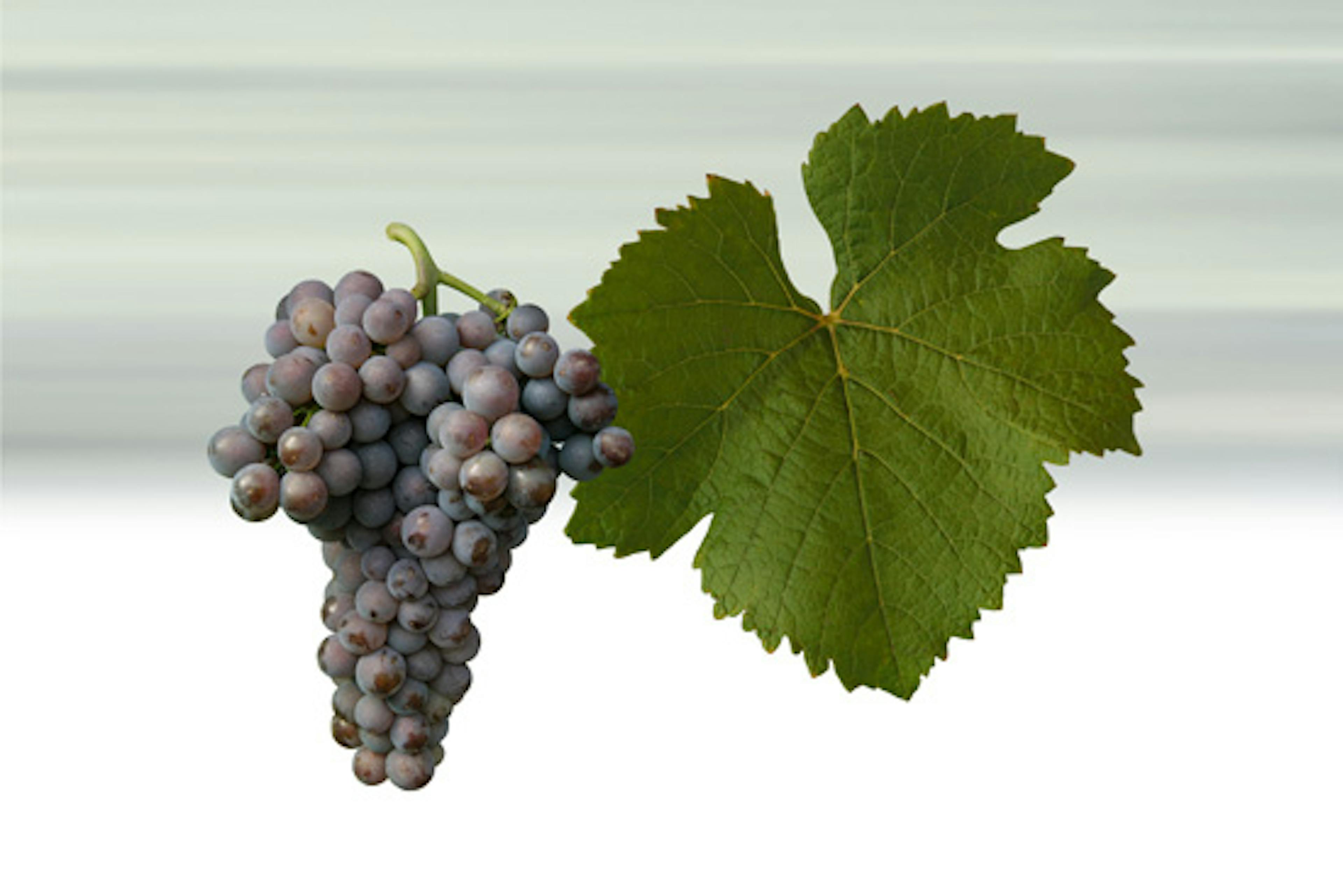Variety detail
Pinot Gris
Basic characteristics of wine
Pinot Gris is known all over the world. Pinot comes from the French pin as the pine cone resembles the shape of a pinot grape. Pinot Gris is also interesting by the fact that although it is a white wine, the color of the grape is almost blue, more precisely gray-blue-red. It is widespread in all sub-areas, mostly in the Velkopavlovice region.
Colour
Golden yellow..
Wine aroma
Pleasant, with tones of exotic and orchard fruit or sweet spices.
Taste
Fuller, slightly spicy and harmonious, fruity and with a long-lasting aftertaste.
Food and wine pairing

Wine profile
Interesting wines
About
3.7% of the total vineyard plantings.
Entered in the State Register of Grape Varieties in 1941.
Wine is full, complex and round, generally with higher levels of glycerol and alcohol, well-balanced, supple, with a subdued impact of acidity and a long finish.
Its original French name is Pinot Gris. In Italy it is called Pinot Grigio, in Germany Ruländer, after a wine merchant J.S Ruland, who promoted this variety in the Palatinate (Pfalz) region. One may also come across the name Grauburgunder in Germany when referring to dry wines, while those with high residual-sugar content are called Ruländer. In Hungary the name is Szürkebárát, (Grey Monk) after the monks of the Cistercian order, who, in line with the wishes of Emperor Charles IV, planted the vines around Lake Balaton. In Alsace it is the Tokay d\'Alsace, while the original Czech title is Roučí šedé.
The Pinot Gris was developed through a mutation of another grape variety (Pinot Noir, otherwise known as Rulandské modré). Growth and foliage are medium, leaves are only slightly divided, resistance to frost and fungal diseases is satisfactory. It is only often prone to attack by grey rot. It has smallish bunches and round berries, which have a grey-blue skin, hence the name. On loamy soils it gives a wine that is relatively high in extract and sugar, but it is also one of the few white varieties to give complex round wines from gravelly and sandy soils, if the vines have sufficiently vigorous growth. For regular and good yields it is absolutely necessary to plant only selected material of acknowledged clones. Non-selected material is prone to coulure and irregular yields.
Pinot Gris is a variety whose wine can be expected to be full, round, supple, high in extract, with ones of orange on the nose and reflections of honey. For varietal typicality it is very important to allow the grapes to ripen to at least late-harvest levels or above. In this case one will discover a higher alcohol as well as glycerol content in the wines. Thus the higher alcohol finds harmony with the lower acidity, the level of which must be meticulously controlled during vinification. Similarly, the colour of the wine also has to be watched and the grapes must be processed quickly so as not to impart a pinkish hue to the grape must.
If wines in the special selection or special selection of berries categories attain a sufficient level of acidity they can well rank among the highest possible echelons possible for white wines, provided they have sufficiently high extract. Set against this the Italians now have the idea of conquering certain European markets with their light, fresh and softly aromatic high-yielding Pinot Grigio of the Veneto region and have been especially successful with young people in Germany. Pinot Gris is also seen to a lesser extent in the New World, where its wine is characterised by fruity tones like apple, pear, mango, as well as flowers and even honeysuckle.
Basic characteristics of quality wines:
Golden-yellow colour, honeyed sweetish nose, with hints of smooth orange. Wine is full, complex and round, generally with higher levels of glycerol and alcohol, well-balanced, supple, with a subdued impact of acidity and a long finish.
Translation © Helena & John Baker 2004.




